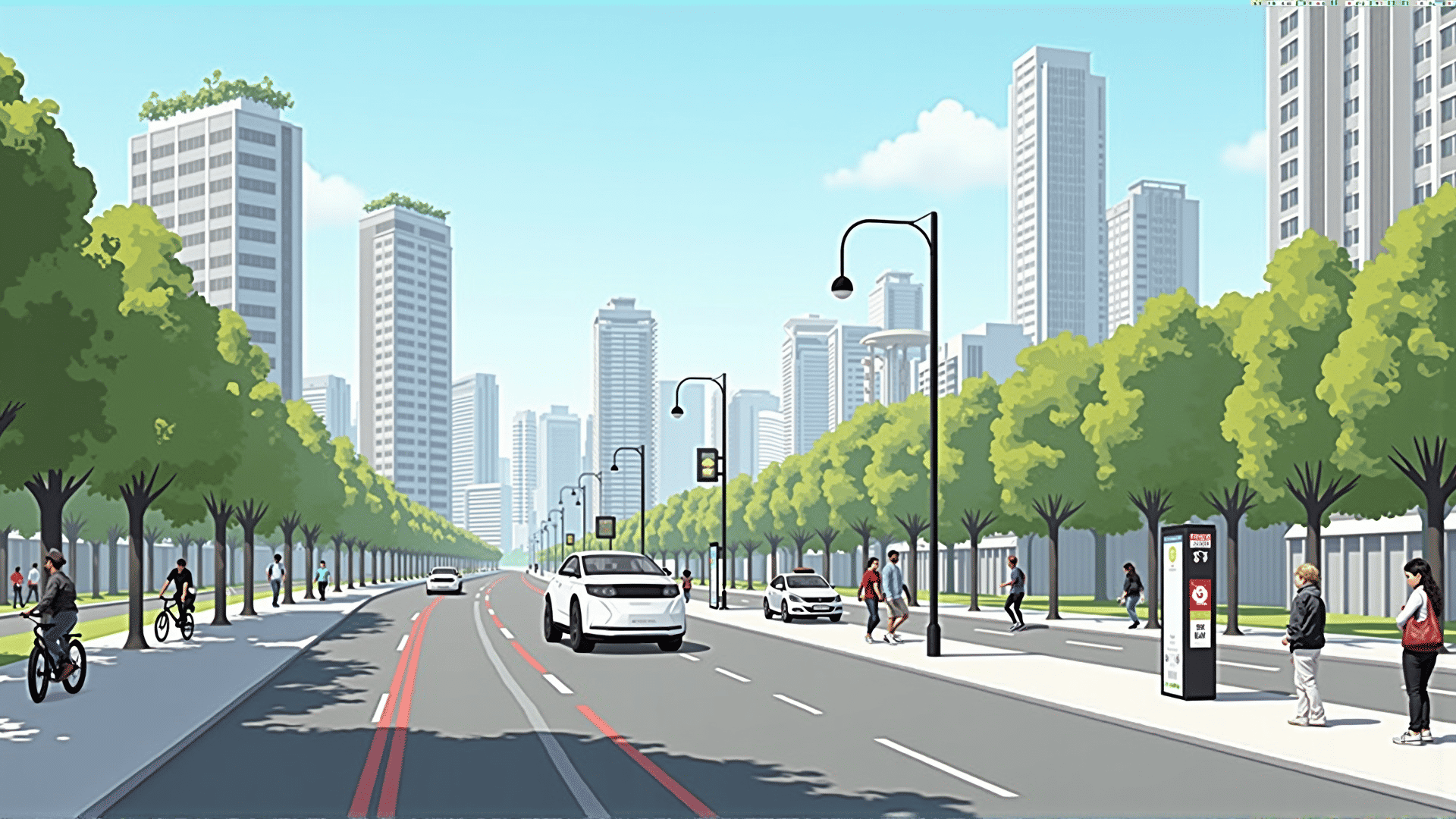Australia's metropolitan areas are witnessing a remarkable transformation as technological integration becomes a central pillar in urban planning and development. The rise of smart urban infrastructure is enhancing not only connectivity but also the efficiency of city environments. This advancement is significantly impacting how cities are managed and how residents experience urban life.
One of the key aspects of this evolution is the implementation of intelligent transportation systems. These systems are designed to streamline traffic flow, reduce congestion, and improve public safety. By utilizing sensors and real-time data analytics, city planners can optimize traffic signals and manage public transport networks more effectively. The result is a smoother commute for residents and a reduction in travel times and emissions.
Another important area is the smart management of utilities. Advanced metering technologies and automated systems enable more efficient use of resources such as water and electricity. Smart meters provide consumers with real-time information on their usage, empowering them to make informed decisions to conserve energy. Additionally, these technologies help utilities to detect leaks and outages promptly, ensuring a more reliable supply of services.
Public safety is also benefiting from smart technology integration. Surveillance systems equipped with AI are now able to monitor public spaces more efficiently, enhancing security and providing authorities with valuable data to respond quickly to incidents. In this way, technology is playing a crucial role in creating safer urban environments.
Sustainability is another cornerstone of smart urban infrastructure. Green building technologies and renewable energy solutions are being incorporated into urban planning to reduce the environmental footprint of cities. For example, the use of solar panels, green roofs, and efficient waste management systems is becoming more common. These efforts contribute to the overall goal of creating cities that are not only intelligent but also environmentally friendly.
Moreover, the integration of IoT (Internet of Things) devices has revolutionized communication within urban spaces. These devices enable different elements of the city to connect and communicate, providing seamless services to citizens. For instance, smart streetlights can adjust their brightness based on pedestrian and vehicle traffic, thereby optimizing energy consumption and enhancing public safety.
In conclusion, technological integration in Australia's urban infrastructure is leading to more connected and efficient cities. By harnessing the power of smart systems, these metropolitan areas are setting new standards in urban living. This leap forward not only improves the quality of life for residents but also positions Australia as a leader in the global movement towards smarter and more sustainable urban development.
